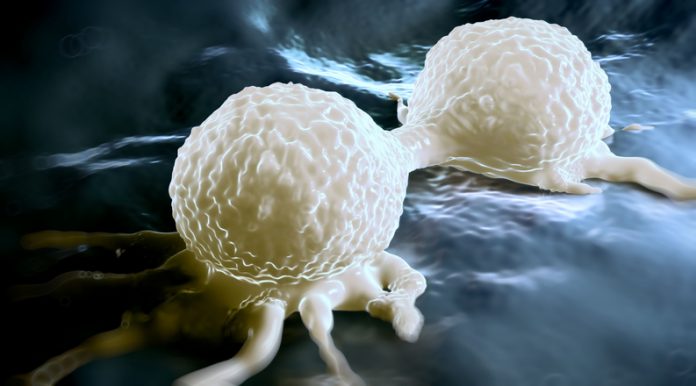
Natera, which has until now built the bulk of its business on its non-invasive prenatal testing (NIPT) services, announced it signed on to the I-SPY 2 TRIAL for breast cancer, to evaluate the effectiveness of using circulating, cell-free DNA from liquid biopsies to monitor tumor burden, treatment response, and residual disease, as compared to traditional imaging methods.
The I-SPY 2 TRIAL (Investigation of Serial Studies to Predict Your Therapeutic Response with Imaging And moLecular Analysis 2) was launched in 2010 and is sponsored by QuantumLeap Healthcare Collaborative, a nonprofit foundation comprising medical researchers at the University of California San Francisco and Silicon Valley entrepreneurs. It is a multi-center study evaluating the safety and efficacy of investigational therapies combined with neoadjuvant treatment in women with newly diagnosed, locally advanced breast cancer. To date it has enrolled more than 1,000 patients.
Investigators, led by Laura van 't Veer, Ph.D., and Laura Esserman, M.D., both of UCSF, have prospectively collected matched tissue and plasma samples over the course of patients' treatment. The study is tracking both short-term (complete response to therapy) and long-term (three years of disease-free survival) outcomes. In the initial cohort, Natera will create personalized liquid biopsy assays for each patient based on their tumor and monitor each patient over time.
“Natera's novel, early work in disease detection and progression of breast cancer will hopefully improve our ability to inform the success of new agent/combinations and help us to design additional targeted interventions to successfully treat each patient”, said Dr. Esserman, who is director of the Breast Care Center at UCSF Helen Diller Family Comprehensive Cancer Center and founder of the QuantumLeap Healthcare Collaborative.
Participation in I SPY 2 TRIAL marks Natera’s continued expansion into the oncology testing arena. To accomplish this, the company is leveraging the same tools—massively multiplexed polymerase chain reaction (mmPCR) technology and bioinformatics that it currently uses in its Panorama non-invasive prenatal test.
“We are very pleased to be selected as the liquid biopsy partner in this trial,” said Jimmy Lin, M.D., Ph.D., CSO of oncology at Natera. “I-SPY 2 is one of the preeminent clinical trials in oncology. It offers a large and very rare longitudinal patient population that will accelerate validation of our oncology products.”
Currently, the Natera lists Stanford University, Columbia University, Vanderbilt University, and Cancer Research U.K. as research partners and collaborators in oncology and has published research demonstrating the utility of its technology in detecting both lung cancer and breast cancer.











